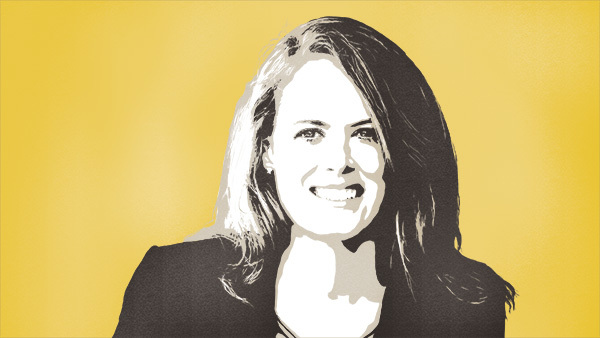
NOT FOR REPRINT
How to Unleash the Power of Advisor Teams
Commentary May 29, 2018 at 06:10 AM
Share & Print

NOT FOR REPRINT
© 2025 ALM Global, LLC, All Rights Reserved. Request academic re-use from www.copyright.com. All other uses, submit a request to [email protected]. For more information visit Asset & Logo Licensing.

Immediate Answers to Critical Tax Questions At Your Fingertips
Keep up with the latest tax rules and regulations with weekly, exclusive updates by our Tax Facts experts.
Get More InformationRecently Added Q&As
Insurers: Prepare for annual catastrophe losses of $151 billion
Get Answer
Around the P&C insurance industry: September 4, 2024
Get Answer
Weather Watch: Atlantic may soon see its next storm
Get Answer
Data firm faces a dozen suits over Social Security number leak
Get Answer
Who's using what in P&C insurance: September 2, 2024
Get Answer
Making a difference: August 30, 2024
Get Answer
Liberty Mutual clarifies Calif. fire insurance pullback
Get Answer
Auto insurance premium hikes supercharge new policy shopping
Get Answer



